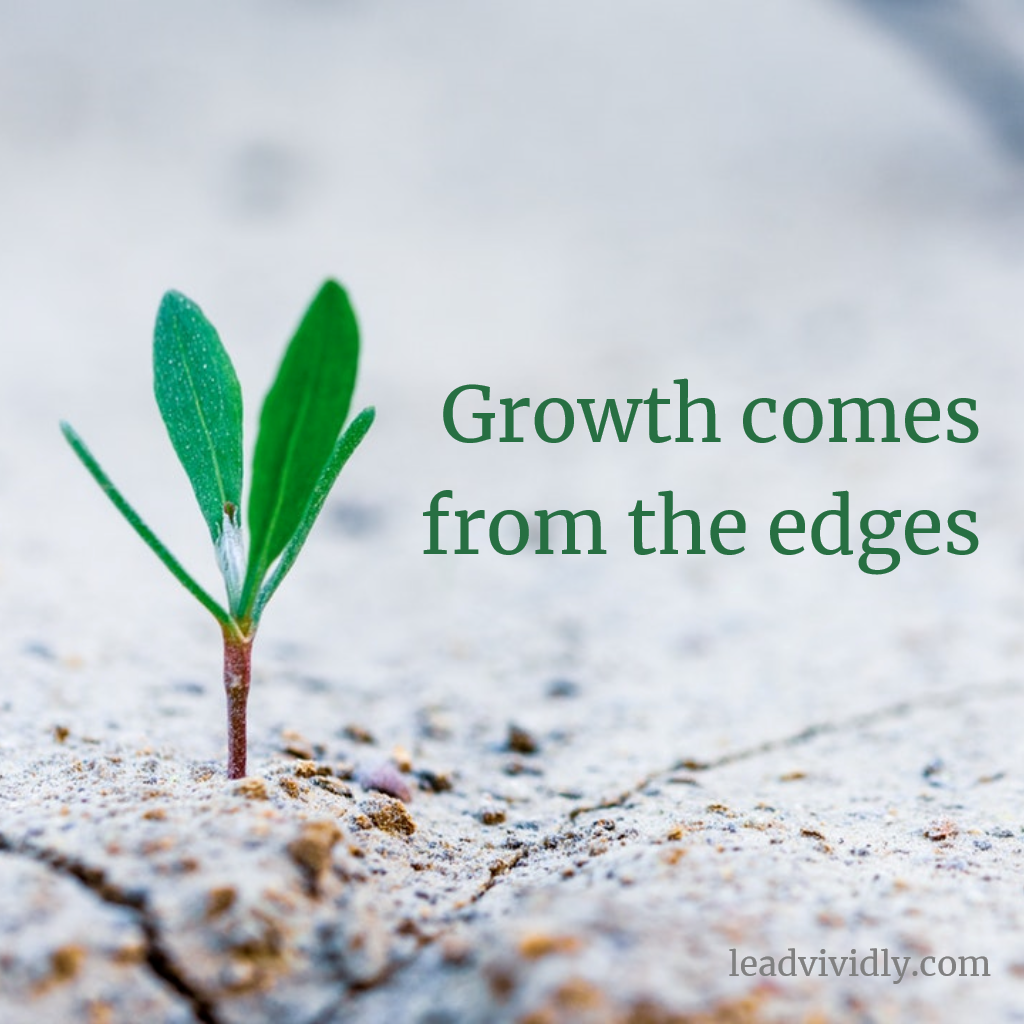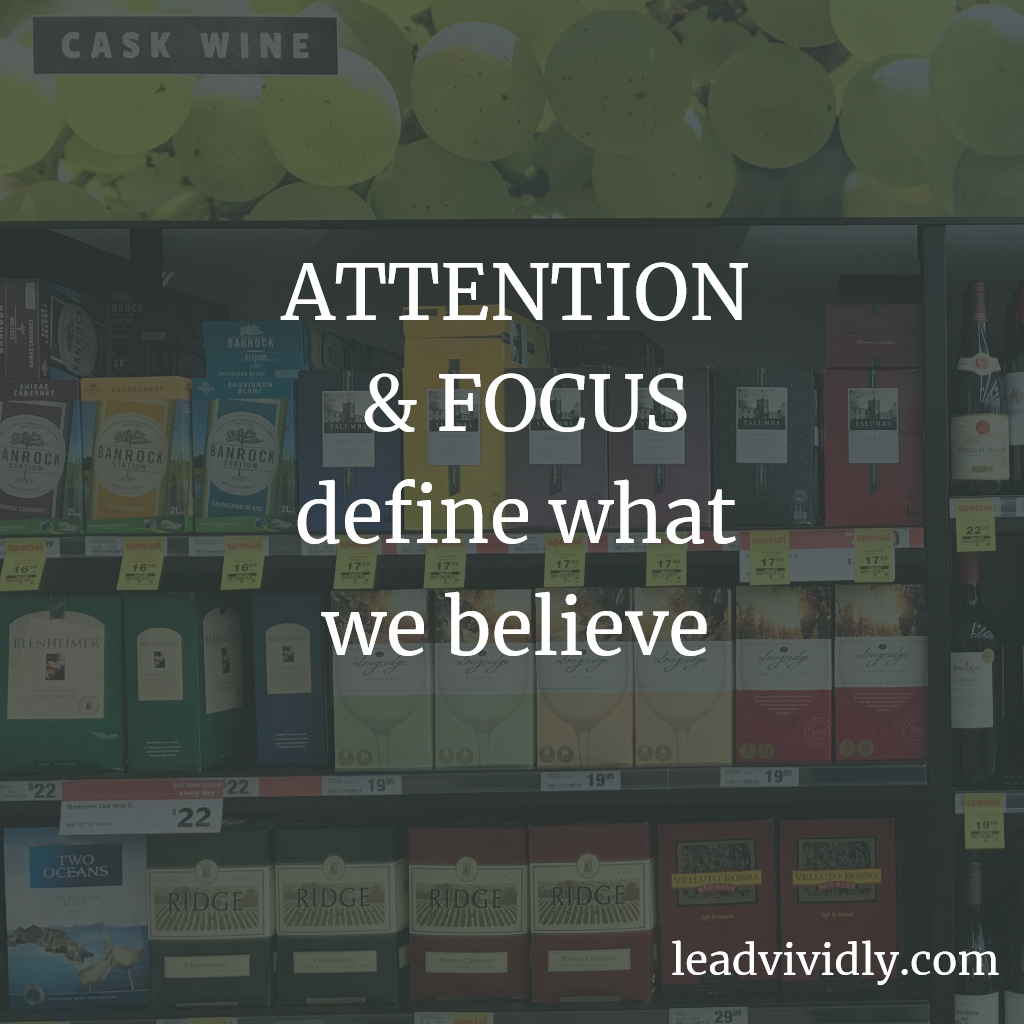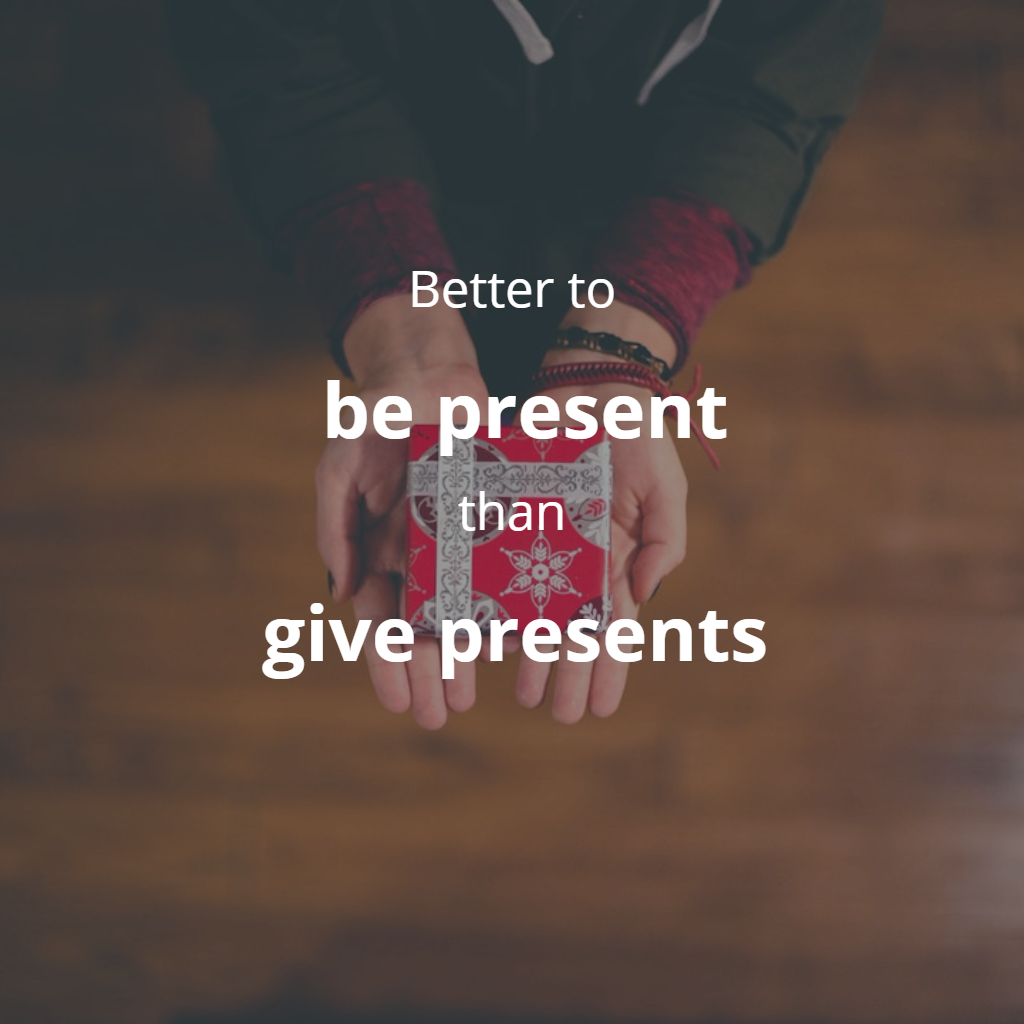 Disappointed? Yes. Appalled? Often. Outright angry? Sadly.
Disappointed? Yes. Appalled? Often. Outright angry? Sadly.
This describes some of my emotions as I’ve read various opinions in the weeks following the Christchurch mosque shootings. Christians up in arms about the call to prayer; a Hamilton City Councillor suggesting we “move on”; criticism of wearing the hijab; Katie Hopkins ranting from the other side of the world; and off course Destiny church protesting across the road from the mosque.
Before you think I’m about to question your beliefs or opinions I’m not … so relax.
So, why was I disappointed, appalled and angry?
Because these comments aren’t what compassion looks like in action. Or what love does.
Compassion and love are so much more than pity or sympathy or even empathy.
- Pity: I can see you are suffering.
- Sympathy: I care about your suffering.
- Empathy: Me Too – I feel your suffering and grieve with you.
- Compassion: I’m here with you, beside you, ready to help. “You are us.”
So what does aroha or love in action look like?
Hint: Having all of the above!
∴
Yesterday President Trump said he had the “deepest sympathies” for the most recent synagogue shooting in the US. Compare that to how Prime Minister Jacinda Ardern responded. She acted with kindness and compassion and love and aroha. She showed love to the people directly affected and demonstrated compassionate leadership to the rest of us. If I was a victim connected with that horrible day I’d have wanted more than pity or sympathy or empathy. I’d have wanted the Prime Minister to show compassion and love.
Which is why I’ve been disappointed, appalled and angry.
Because compassion should always be our response. And if we can’t or aren’t prepared to really show compassion, probably best we shut up, keep our opinions to ourselves and stop criticising the people who are.
Action speaks loudly!
NB: At best I had empathy. Which is a challenge to me in and of itself.
 It was one of those lazy wet Sunday afternoons when I received the call from a team member just “letting me know” her house was surrounded in water. What was heavy rain on one side of town, was a torrential downpour on the other, that forced this solo mum and her son from their home.
It was one of those lazy wet Sunday afternoons when I received the call from a team member just “letting me know” her house was surrounded in water. What was heavy rain on one side of town, was a torrential downpour on the other, that forced this solo mum and her son from their home.
 Sorry to be the bearer of bad news, but we are already one month into 2019.
Sorry to be the bearer of bad news, but we are already one month into 2019. I was attending a conference recently where the keynote speaker was talking about fixed and growth mindsets. He asked everyone who had a fixed mindset to raise their hand and naturally I did.
I was attending a conference recently where the keynote speaker was talking about fixed and growth mindsets. He asked everyone who had a fixed mindset to raise their hand and naturally I did. “Cask wine still exists!” I was surprised to say the least. I had been eating lunch with friends and they politely informed me that cask wine was still a thing. Not convinced, because I’ve never seen it at the supermarket, I decided to check it out the next time I went shopping and I was expecting it to be tucked away in some obscure place.
“Cask wine still exists!” I was surprised to say the least. I had been eating lunch with friends and they politely informed me that cask wine was still a thing. Not convinced, because I’ve never seen it at the supermarket, I decided to check it out the next time I went shopping and I was expecting it to be tucked away in some obscure place.
 Waiting for somebody to change can be frustrating.
Waiting for somebody to change can be frustrating. It was only in the 1900’s that it became possible to use the word ‘priorities’.
It was only in the 1900’s that it became possible to use the word ‘priorities’. Thank you to the many people I’ve connected with this year, who gave me an unimaginable gift.
Thank you to the many people I’ve connected with this year, who gave me an unimaginable gift. I learnt recently that WD-40 stands for “Water Displacement 40”. The 40 means it was his 40th attempt at developing the product.
I learnt recently that WD-40 stands for “Water Displacement 40”. The 40 means it was his 40th attempt at developing the product.